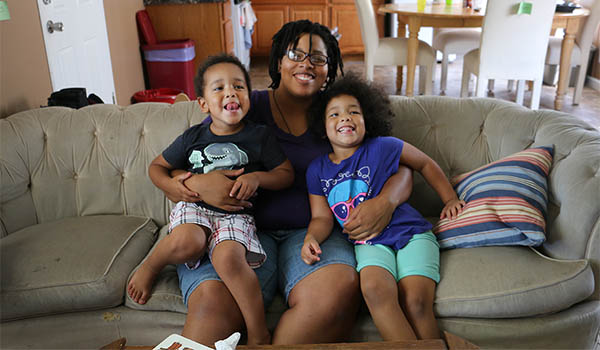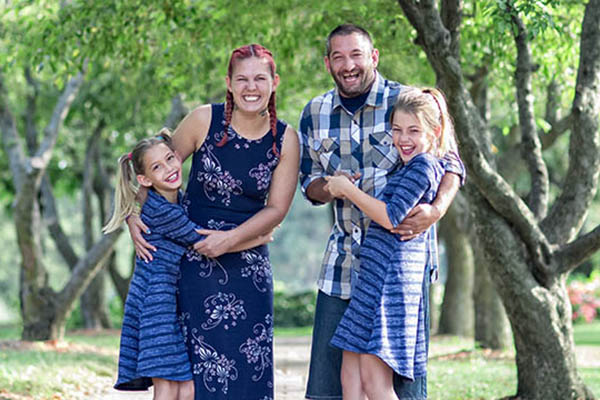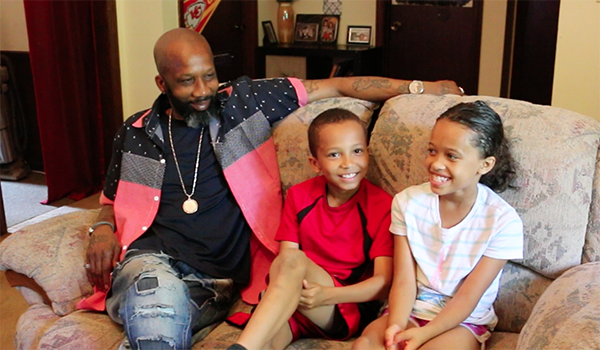What’s the Main Goal of Foster Care?

Foster care is a temporary arrangement that gives children and teens a safe place to live when their parents or primary caregivers are going through crisis. When youth cannot remain safely in their homes and must enter foster care, the first goal is to safely reunite them with their families as soon as possible. Abuse and/or neglect are the most common reasons that children end up in foster care.
When social workers and courts determine that a home is unsafe for a child, child welfare agencies work diligently with the family to resolve the conflicts or disruptions that led to the child needing foster care. KVC helps families reunite by using services that are focused on stabilizing the family and improving the long-term wellbeing of both children and families. Intensive, family-centered services are provided by social workers to make progress towards the goals and requirements set by the courts. During this time, foster parents play an important role in helping children maintain relationships with their families so they can safely reunite.
Click here to learn more about becoming a foster parent.
How Many Children Get Reunited with Their Families After Being in Foster Care?
The most common outcome for children in foster care is a safe reunification with their families. Nationwide, more than half of youth who enter foster care are safely reunified. The average length of time a child is in foster care is about a year. This is dependent on how long it takes for the family to resolve their conflicts or disruptions and demonstrate that they can provide a safe, stable place for their child to return to.
Types of Foster Care a Child May Enter Before Reunification
While foster care is sometimes necessary to keep a child safe, removing a child from their home can be a traumatic experience in itself because it involves separation. Placing the child with a familiar caregiver helps ease this transition. When a child or teen enters foster care, social workers try to find a temporary home for them with a relative. This is often referred to as kinship care.
If that’s not an option, workers seek out non-related kin. This refers to a person, typically a neighbor, family friend, teacher, coach, fellow church member or other acquaintance, who is familiar with the child or his or her family and is willing to provide a home for the child. In many states, non-related kinship caregivers can receive a temporary license so they can immediately begin caring for the child. If there are no available caregivers who are already familiar to the child, traditional foster care becomes an option. To learn more about the different types of foster care, click here.
Inspiring Examples of Families Safely Reunifying After Foster Care
Here are three real-life examples of parents overcoming challenges and safely reuniting with their children.
Single Mom Gains Confidence, Learns Healthy Skills in Order to Safely Reunite Family
Breanne embraced the support that was offered to her and worked to become a successful and confident parent.
Parents Embrace Change, Safely Reunite with Daughters After Foster Care
Kassi and Michael learned healthy habits and coping skills in order for their daughters to safely return home.
Single Father Works Hard to Safely Reunite Family
James learned healthy skills for becoming a successful father in order to safely reunite his family.
How You Can Help
More foster parents are needed than ever before. The most significant way you can help is by becoming a foster parent. We’d love to answer any questions you may have and guide you through the process. Click here to contact us!
This questionnaire, How to Know If Foster Parenting Is Right for You, is also a great place to start if you’d like to know more about fostering. Download it for free today!
 |







